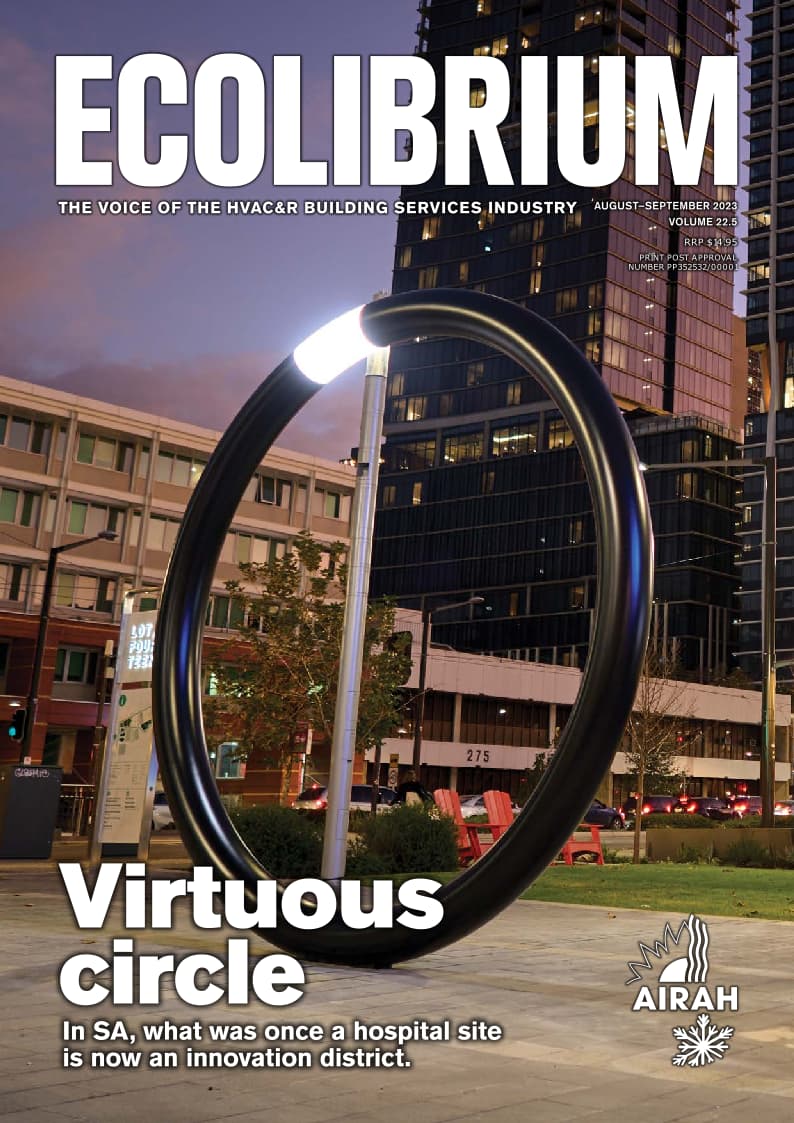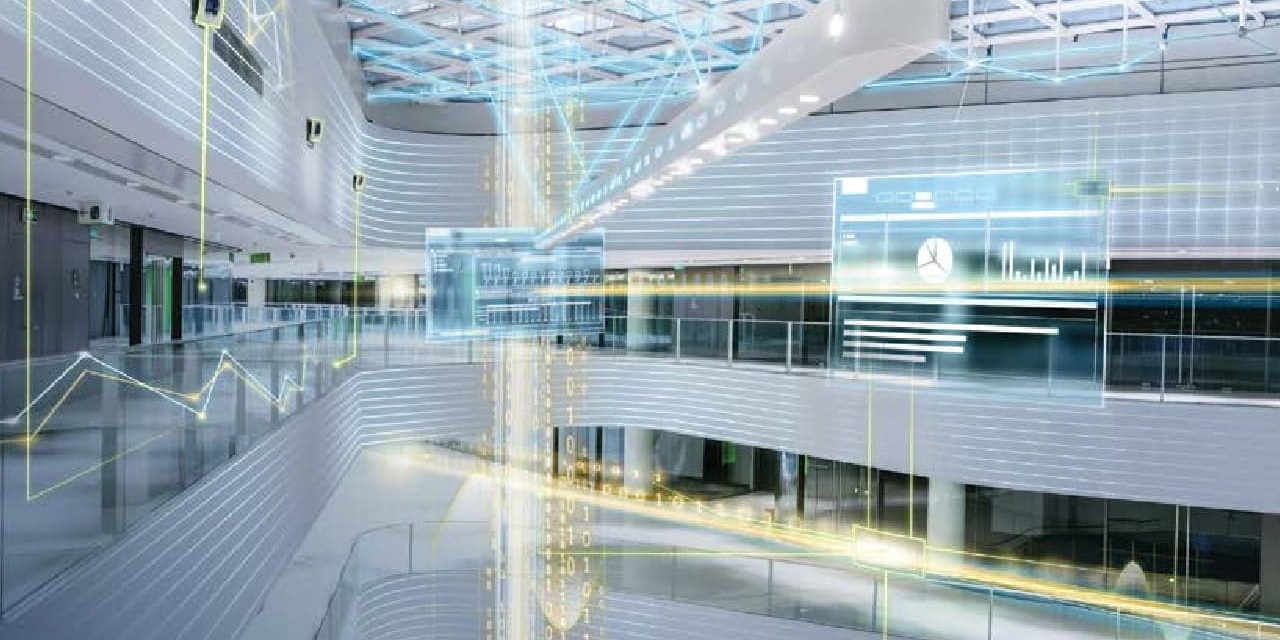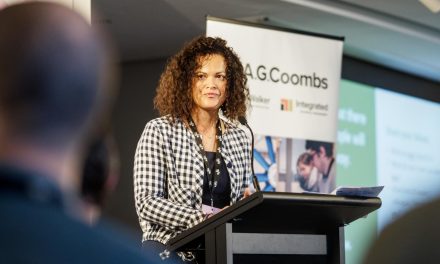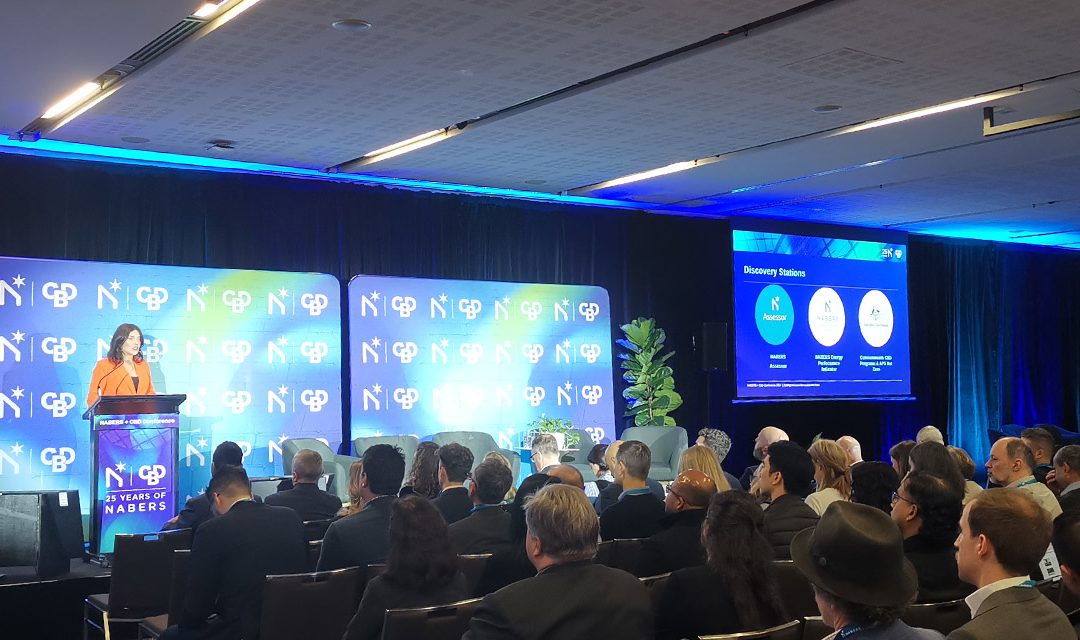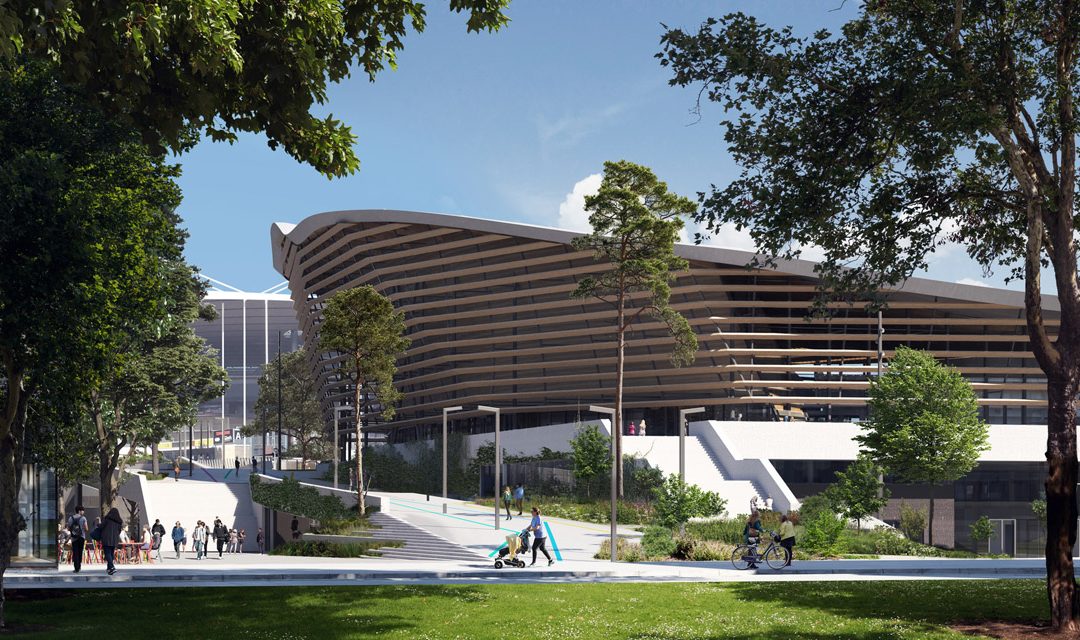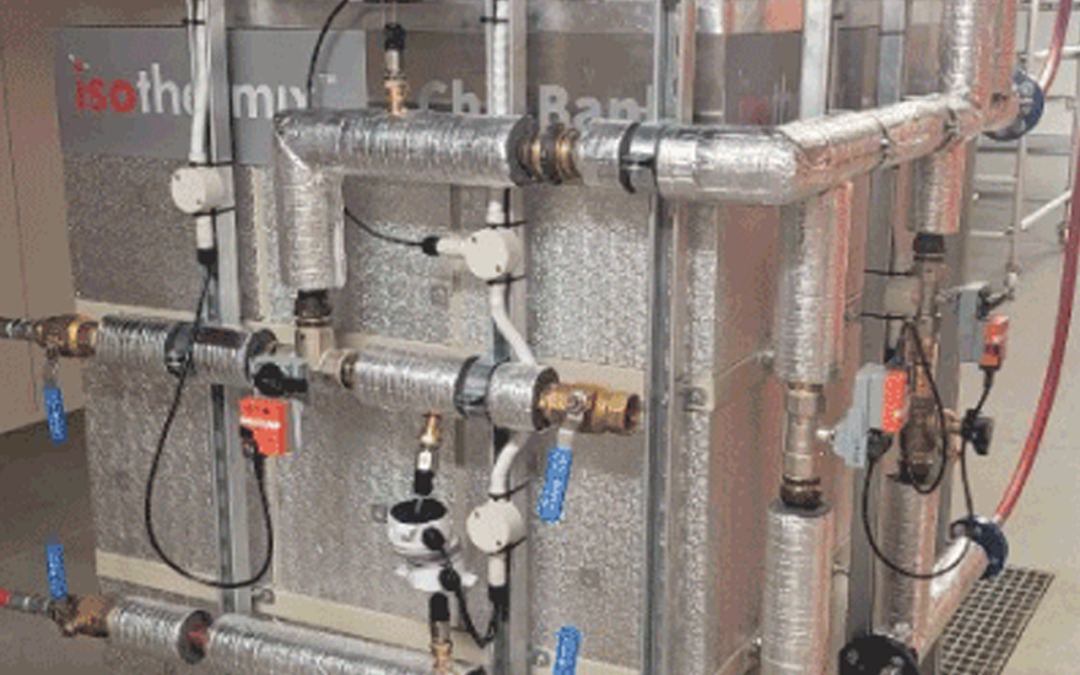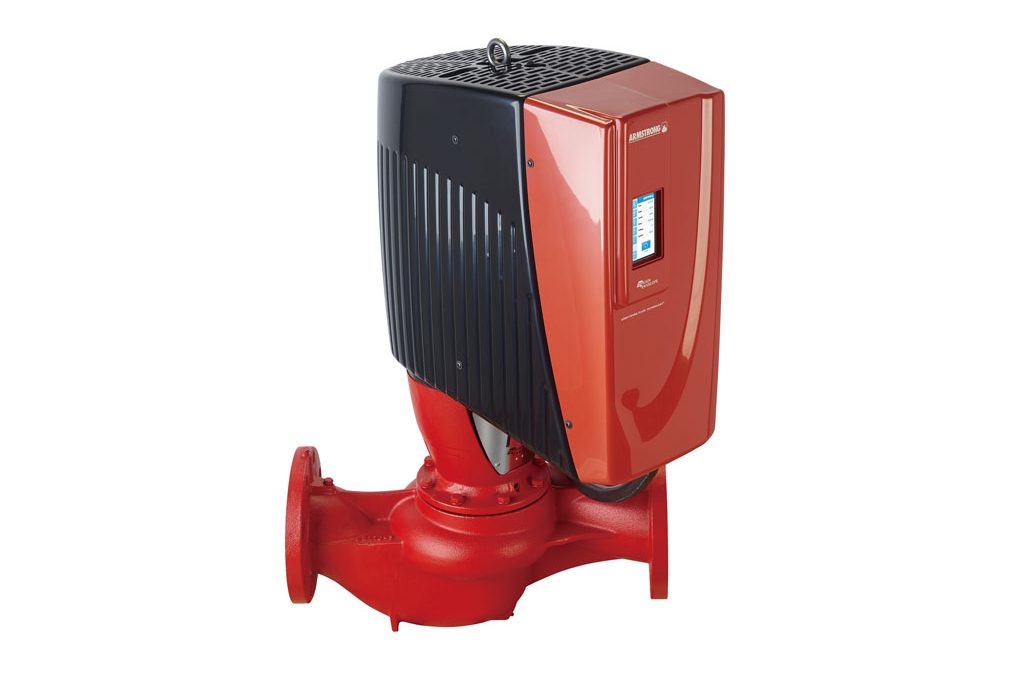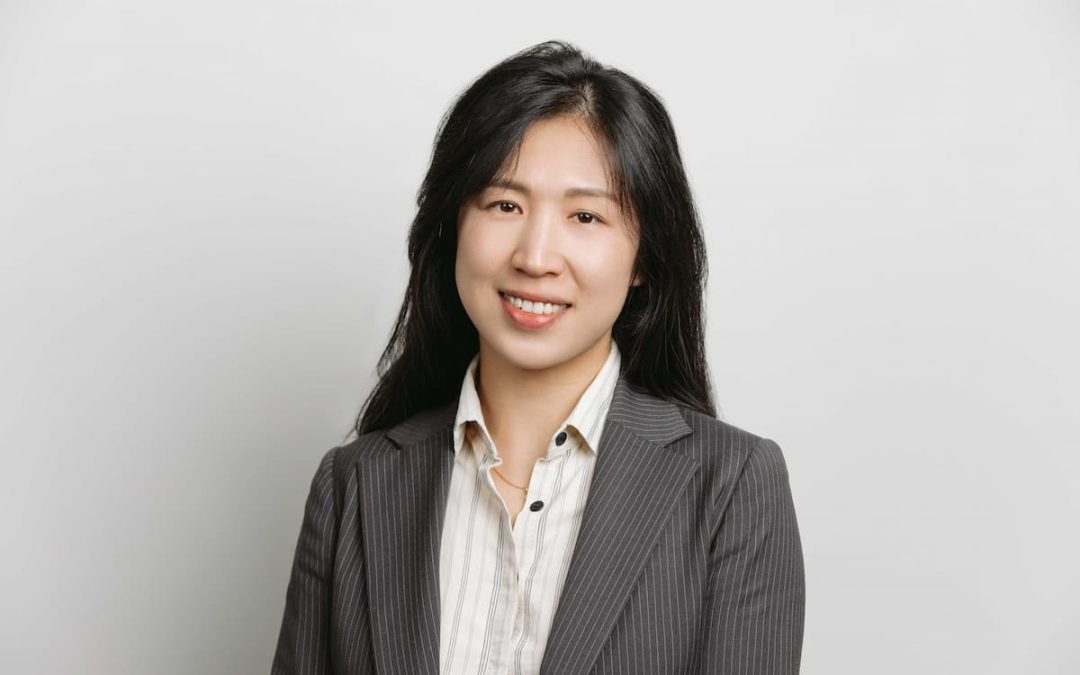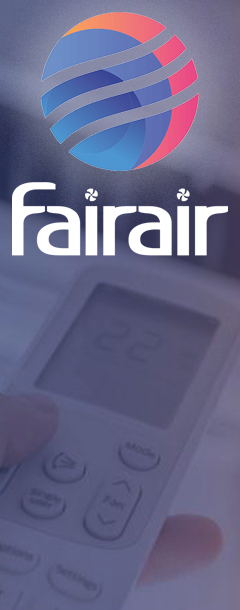The Symposium was run in collaboration with the International Energy Agency’s Annex 81 “Data-Driven Smart Buildings”. With around half of the presentations coming from international speakers, the Symposium was a great opportunity to hear some different perspectives and get insight from around the world
Lagom and all that.
The Symposium led off with a keynote presentation from Professor Ivo Martinac (KTH Royal Institute of Technology), former vice-president of REHVA and Chair of the REHVA Task Force on Smart Buildings. He used the Swedish idea of Lagom (“in balance” or “just enough”) to call for a whole-of-building approach that serves the needs of building users and avoids the mistake of deploying digitalisation for its own sake. He also noted the importance of digitalisation as a critical management tool through access to measurement/data.
Subsequent sessions covered topics of:
- Case studies, implementation learnings and novel smart building use-cases
- Development and benchmarking of machine learning-based techniques for HVAC control
- Opporunities and practical experience in the collection use of meta-data (semantic modelling)
- A deep dive into examples of grid-integrated control
Barriers and opportunities
With 14 presentations and a panel session, it was a very packed day. I heard lots of comments praising the breadth of topics covered and the quality of the work. Pleasingly, there was a strong sense that the industry is progressing rapidly and that there is an exciting purpose and vision for what lies ahead.
Like to know more?
For more on the Annex 81 Data-Driven Smart Buildings, visit https://annex81.iea-ebc.org/
